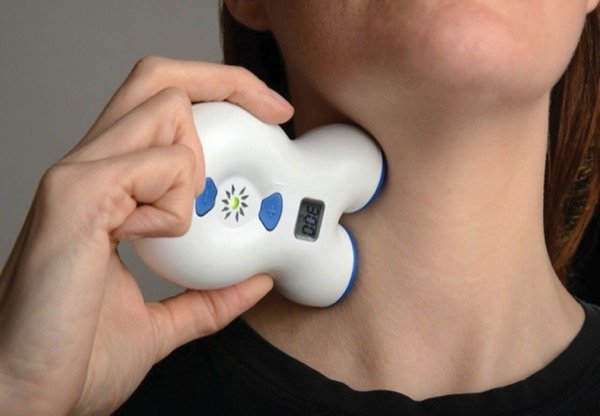Introduction
The future of Vagus Nerve Stimulation (VNS) holds exciting possibilities as technological advancements continue to reshape the healthcare industry. In this blog, we explore the emerging trends and innovations in the VNS market that are likely to influence its growth trajectory in the coming years.
Emerging Trends
One of the most significant trends in the VNS market is the shift towards non-invasive devices. Traditional VNS devices require surgical implantation, but recent developments in transcutaneous VNS (tVNS) are providing non-invasive alternatives. These devices stimulate the vagus nerve through the skin, eliminating the need for surgery and making VNS more accessible to patients.
Another key trend is the integration of artificial intelligence (AI) into VNS devices. AI-driven VNS systems can adapt to individual patient needs, optimizing treatment outcomes. This trend is particularly promising in personalized medicine, where AI can help customize VNS therapy for specific neurological or psychiatric conditions.
Future Growth Prospects
The expansion of the VNS market into regions such as Latin America and the Middle East is a promising growth opportunity. These regions are still in the early stages of adopting VNS technologies, but with increasing healthcare awareness and improving infrastructure, they offer untapped potential for market players.
Additionally, the use of VNS is expected to expand beyond epilepsy and depression, with ongoing research exploring its potential in treating conditions like Alzheimer’s disease, obesity, and chronic pain. This diversification of VNS applications will further drive market growth.
Conclusion
The future of the VNS market looks promising, with innovations in non-invasive technology and AI integration leading the way. As the market expands into new regions and adopts new applications, VNS is set to become an essential tool in neuromodulation therapy.

